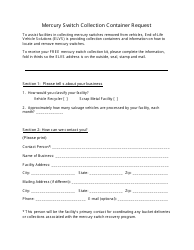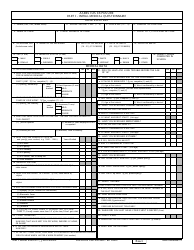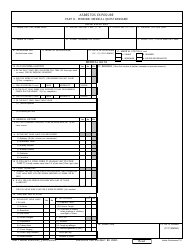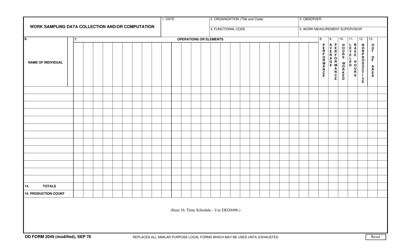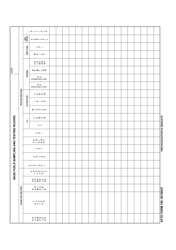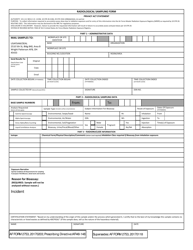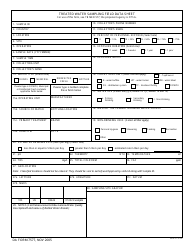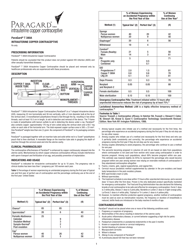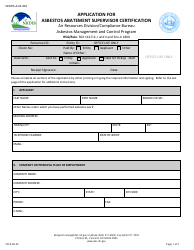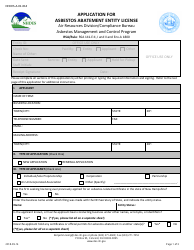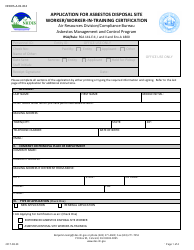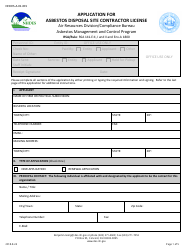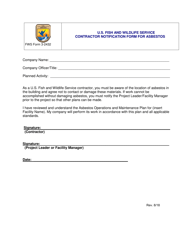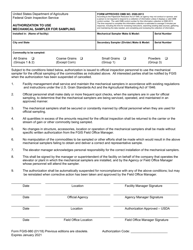Lead and Copper Sampling Instructions - New Hampshire
Lead and Copper Sampling Instructions is a legal document that was released by the New Hampshire Department of Environmental Services - a government authority operating within New Hampshire.
FAQ
Q: What are lead and copper sampling instructions?
A: Lead and copper sampling instructions are guidelines on how to collect water samples to test for presence of lead and copper.
Q: Why is it important to test for lead and copper in water?
A: It is important to test for lead and copper in water because these metals can leach into the water supply from pipes and plumbing fixtures and may pose health risks.
Q: How can I collect a water sample for lead and copper testing?
A: To collect a water sample for lead and copper testing, first flush the water system and then collect the sample using a clean container provided by the testing facility.
Q: How do I submit the water samples for lead and copper testing?
A: You can submit the water samples for lead and copper testing according to the instructions provided by the testing facility.
Q: What are the acceptable limits for lead and copper in drinking water?
A: The acceptable limit for lead in drinking water is 15 parts per billion (ppb), and for copper it is 1.3 milligrams per liter (mg/L).
Form Details:
- Released on June 1, 2016;
- The latest edition currently provided by the New Hampshire Department of Environmental Services;
- Ready to use and print;
- Easy to customize;
- Compatible with most PDF-viewing applications;
- Fill out the form in our online filing application.
Download a printable version of the form by clicking the link below or browse more documents and templates provided by the New Hampshire Department of Environmental Services.


